#limestone
Text


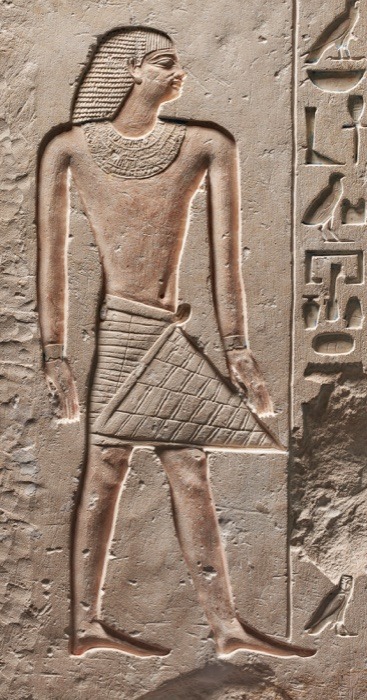
AN EGYPTIAN PAINTED LIMESTONE RELIEF FRAGMENT
OLD KINGDOM, 6TH DYNASTY, REIGN OF PEPI II, CIRCA 2278-2184 B.C.
Pepi II Neferkare (2284 BC – after 2247 BC, probably either c. 2216 or c. 2184 BC was a pharaoh of the Sixth Dynasty in Egypt's Old Kingdom who reigned from c. 2278 BC. His second name, Neferkare (Nefer-ka-Re), means "Beautiful is the Ka of Re". He succeeded to the throne at age six, after the death of Merenre I.
Pepi II's reign marked a sharp decline of the Old Kingdom. As the power of the nomarchs grew, the power of the pharaoh declined. With no dominant central power, local nobles began raiding each other's territories and the Old Kingdom came to an end within a couple of years after the close of Pepi II's reign.
#AN EGYPTIAN PAINTED LIMESTONE RELIEF FRAGMENT#OLD KINGDOM#6TH DYNASTY#REIGN OF PEPI II#CIRCA 2278-2184 B.C.#limestone#limestone sculpture#ancient artifacts#archeology#archeolgst#history#history news#ancient history#ancient culture#ancient civilizations#ancient egypt#egyptian history#egyptian hieroglyphs#egyptian mythology#egyptian antiquities#egyptian pharaoh#egyptian art
18 notes
·
View notes
Text
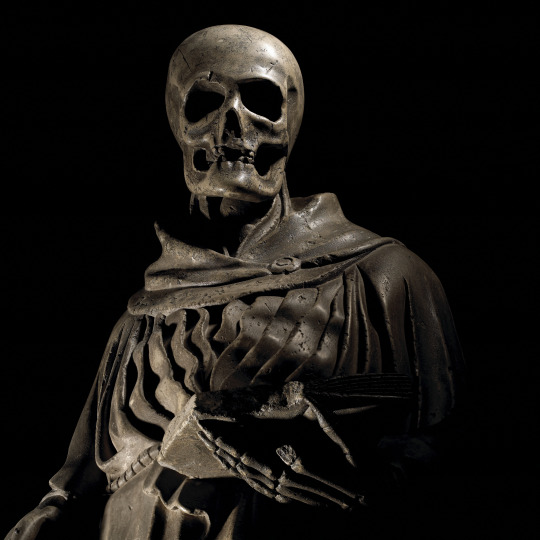
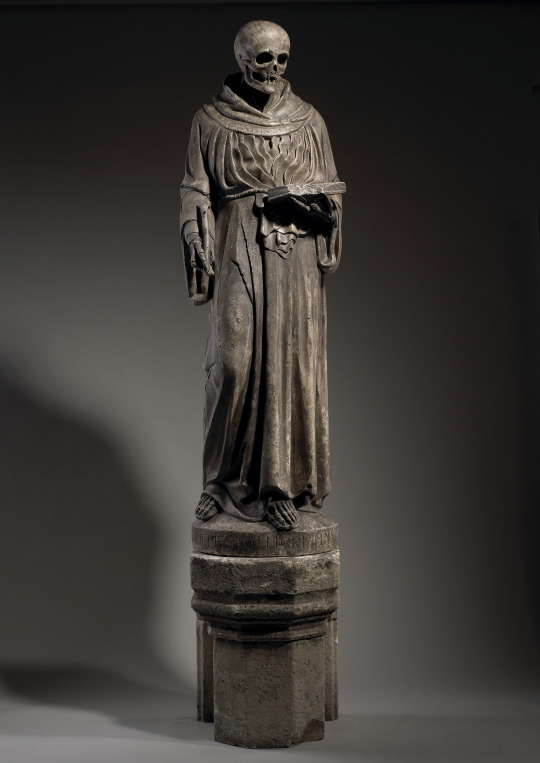
A Memento Mori Skeleton, France, 1566
Limestone
55 ½ in. (141 cm) high
#art#sculpture#statue#skeleton#skull#memento mori#macabre#1560s#16th century#limestone#french#vanitas
1K notes
·
View notes
Text

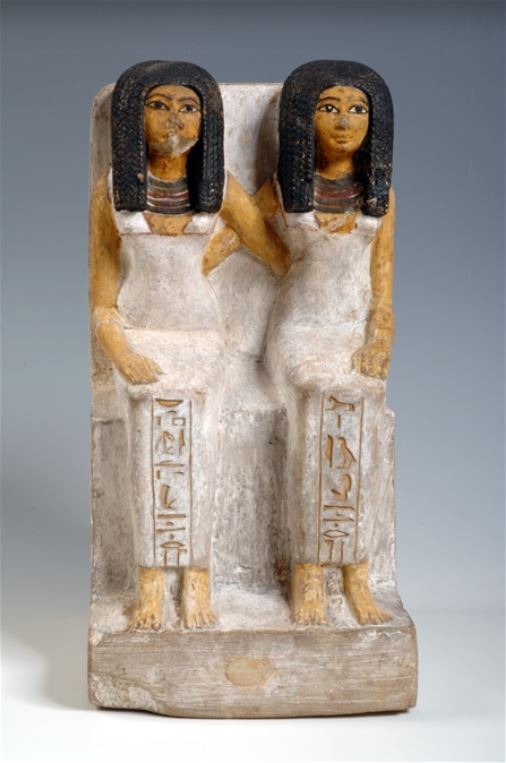
Statue of Idet and Ruiu (1480–1390 BC)
The two women are depicted in a form typical to married couples. Idet is given priority by the artist who placed her on the right, and is given the title "Lady of the House".
#art#art history#lesbian#lesbian art#wlw#women#sculpture#limestone#fine art#ancient egypt#antiquity#female homosexuality
2K notes
·
View notes
Text
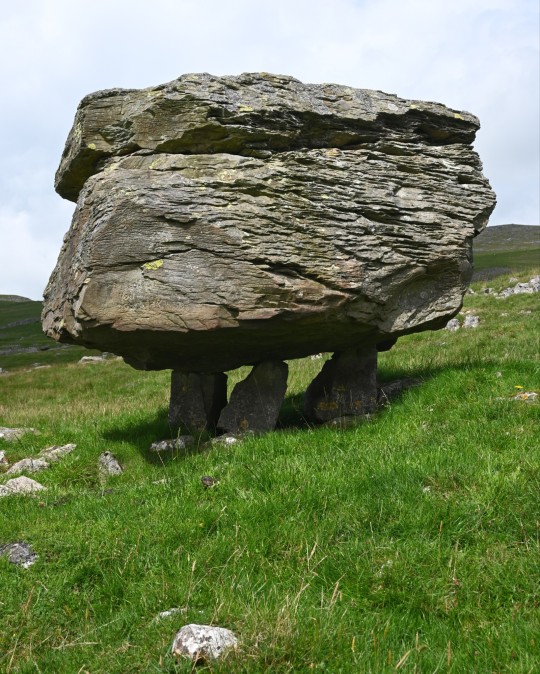



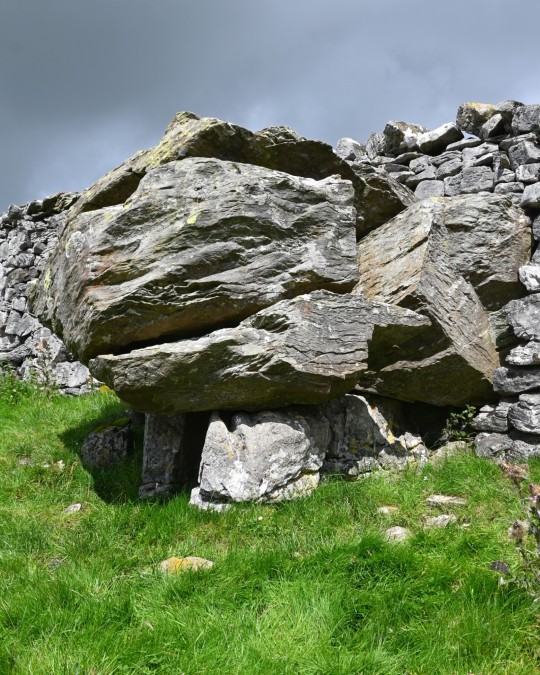


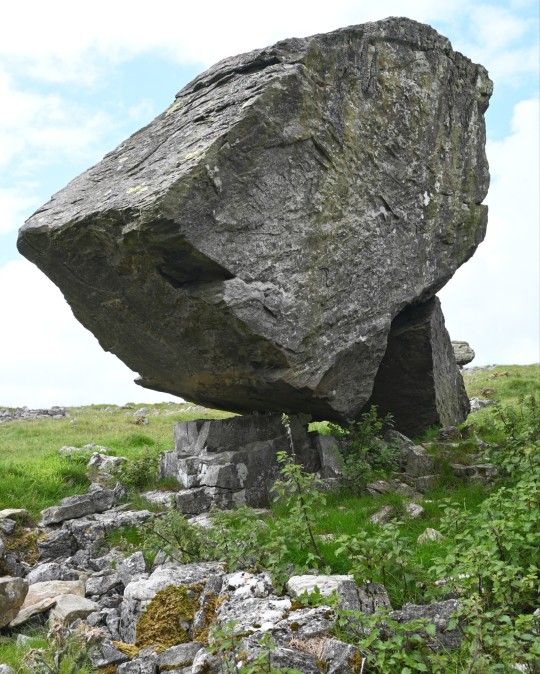


'The Norber Erratics' Ancient Glacial Landscape Feature, nr. Clapham, Yorkshire Dales.
#geology#stones#limestone#limestone pavement#landscape#wild places#nature#natural forms#archaeology#relic#outdoors#ice age#ancient sites#ancient culture#yorkshire#norber erratics#stonework
650 notes
·
View notes
Text

Roche d'Harveaux limestone, cut into sixteen-inch squares and placed in a running bond pattern, is used in all remodeled areas. The limestone picks up the tone of the maple cabinetry, while the black granite, devoid of grain, provides contrast.
Designing with Tile, Stone & Brick, 1995
#vintage#vintage interior#1990s#90s#interior design#home decor#kitchen#black#appliances#stainless steel#Roche d'Harveaux#limestone#maple#cabinets#contemporary#bookshelf#modern#style#home#architecture
285 notes
·
View notes
Photo
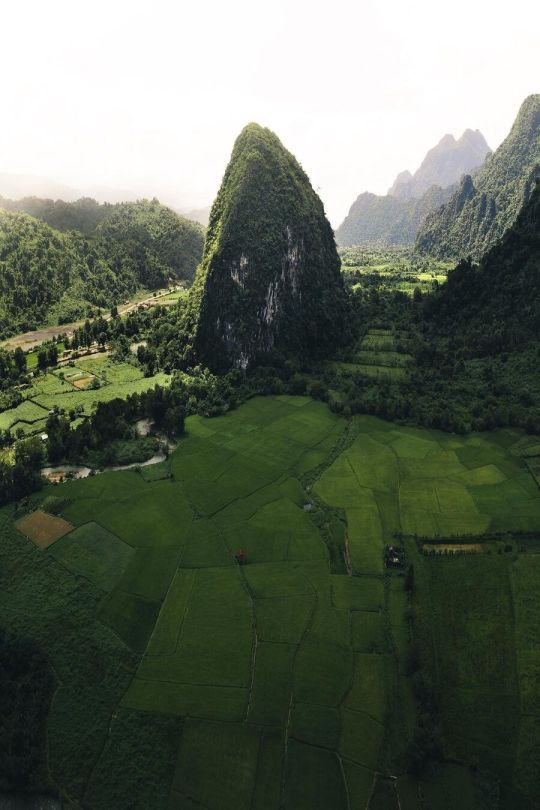
(by thechrisbyrne)
#vertical#landscape#x#a#watsf#curators on tumblr#thechrisbyrne#laos#asia#Vang Vieng#green#limestone#mountain
1K notes
·
View notes
Text

The Egg of Helen, made in the region of Metaponto, 5th century AD, limestone, Museo Archelogico Nazionale di Metaponto, Italy.
#sculpture#art history#antiquity#helen of troy#helen of sparta#mythology#roman art#limestone#mythological art#egg
486 notes
·
View notes
Text

14th century, France (Bode Museum, Berlin, 2023).
393 notes
·
View notes
Text



Седум обыкновенный (лат. Hylotelephium telephium) на известняковой скале. Ноябрь 23. Sedum telephium on a limestone rock. November 23.
#русский tumblr#россия#осень#природа#зеленая природа#загородом#мох#известняк#многлетник#суккулент#Седум#мое фото#russia#autumn#nature photography#outdoors#green nature#limestone#moss#perennial#succulent#Sedum#beauty of nature#my photos#original photography#photographers on tumblr
219 notes
·
View notes
Text

Foundation Stone with Inscriptions
Egyptian, 1479-1458 BCE (New Kingdom)
Daughter of King Thutmose I and wife of her half-brother, King Thutmose II, Queen Hatshepsut eventually ruled Egypt as pharaoh in her own right. This commemorative stone was placed at a construction site, probably of the temple built for her at Deir el-Bahari, one of the most beautiful monuments of ancient Egypt. It bears the queen's throne name, Maat-ka-re, as well as that of the temple's architect, Senenmut.
102 notes
·
View notes
Text
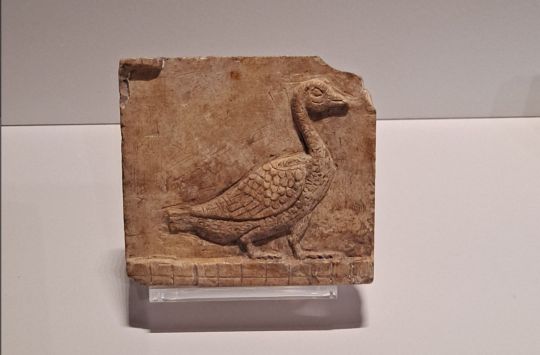
Plaque with a duck
* Egypt
* Late Period - Hellenistic period (400-30 BCE)
* limestone
* Egyptian Museum of Turin
Turin, June 2023
137 notes
·
View notes
Text

"Limestone conglomerate forming along shore." Geology, Vol.III Earth History. 1907.
Internet Archive
70 notes
·
View notes
Text

François I at the Fountain of Vaucluse by Jean-Joseph-Xavier Bidauld
#françois i#francis i#vaucluse#art#jean joseph xavier bidauld#france#french#king#castle#castles#cliff#cliffs#fountain#landscape#history#renaissance#europe#european#limestone#romantic#romanticism#horse#royalty#royal#nobility#royals#fontaine de vaucluse#aristocrats#aristocratic#aristocrat
73 notes
·
View notes
Text

Great love for Cotswolds old dry stone walls
81 notes
·
View notes
Text
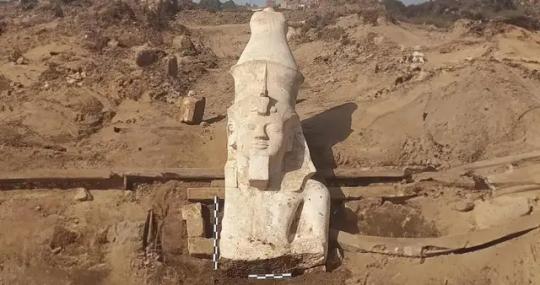
The Long-Lost Top Half of an Enormous Ramses II Statue Found
A German researcher found the lower section of the Egyptian pharaoh’s likeness nearly 100 years ago.
Archaeologists in Egypt have uncovered the upper half of a towering statue of Ramses II, cracking a century-long mystery. Found in the ancient city of Hermopolis (now Ashmunein), the 12.5-foot-tall limestone fragment lines up perfectly with the lower section of a sculpture discovered nearby in 1930.
The ancient statue depicts Ramses in a seated position, adorned with a crown and a headdress topped with a cobra, according to a statement from the Egyptian Ministry of Tourism and Antiquities. The dual crown indicates Ramses’ simultaneous authority over the kingdoms of Upper and Lower Egypt, while the cobra represents royalty, writes the National’s Kamal Tabikha.
The upper area of the back column of the statue is etched with hieroglyphs that list Ramses’ many titles, glorifying the king as “one of ancient Egypt’s most powerful pharaohs,” says Bassem Jihad, head of the excavation team, in the statement, per a translation by Reuters.
Preliminary scans have confirmed that the carved limestone block is a continuation of the lower section of the statue, which was found in the same area in 1930 by German archaeologist Günther Roeder. With its halves combined, the statue would have loomed at a height of nearly 23 feet.
As the third pharaoh of Egypt’s 19th dynasty, Ramses ruled over a sprawling empire that stretched from modern-day Sudan to Syria. During his reign—which spanned 1279 to 1213 B.C.E., making it the second-longest of any Egyptian monarch—he ushered the kingdom into a golden age of power and wealth. Known as Ramses the Great, the pharaoh’s legacy was cemented by a slew of monuments and statues constructed in his name, both during and after his reign.
The joint Egyptian and American dig team originally began its exploration of the Ashmunein area with the goal of discovering a religious complex from Egypt’s New Kingdom era (1550 to 1070 B.C.E.). Though the researchers ultimately stumbled onto something entirely different, they remained pleased with their results.
“Though we have not found the complex we were initially looking for, a statue of such importance is a sign that we are digging in the right place,” Adel Okasha, an antiquities official who oversaw the dig, tells the National.
Next, the team will create a model envisioning what the statue looked like in antiquity, when it was fully intact.
“Not only is it a wonderful opportunity to have a whole other massive statue of the famed king, it also adds to our general understanding and fills gaps in our data on the large corpus of Ramses II’s statuary,” Salima Ikram, an Egyptologist at the American University in Cairo, tells the National. “Through each discovery, we have been able to trace changes in the style during the course of his very long reign.”
By Catherine Duncan.

#The Long-Lost Top Half of an Enormous Ramses II Statue Found#ancient city of Hermopolis#Ramses II#limestone#limestone slabs#ancient artifacts#archeology#archeolgst#history#history news#ancient history#ancient culture#ancient civilizations#ancient egypt#egyptian history#egyptian pharaoh#egyptian art
84 notes
·
View notes
Text

Completing a circle created by leather sofas from J. Robert Scott & Associates, a fireplace of Chiluca limestone from Mexico.
Designing with Tile, Stone & Brick, 1995
#vintage#vintage interior#1990s#90s#interior design#home decor#living room#leather#upholstery#tufted#fireplace#Chiluca#limestone#contemporary#modern#style#home#architecture
225 notes
·
View notes